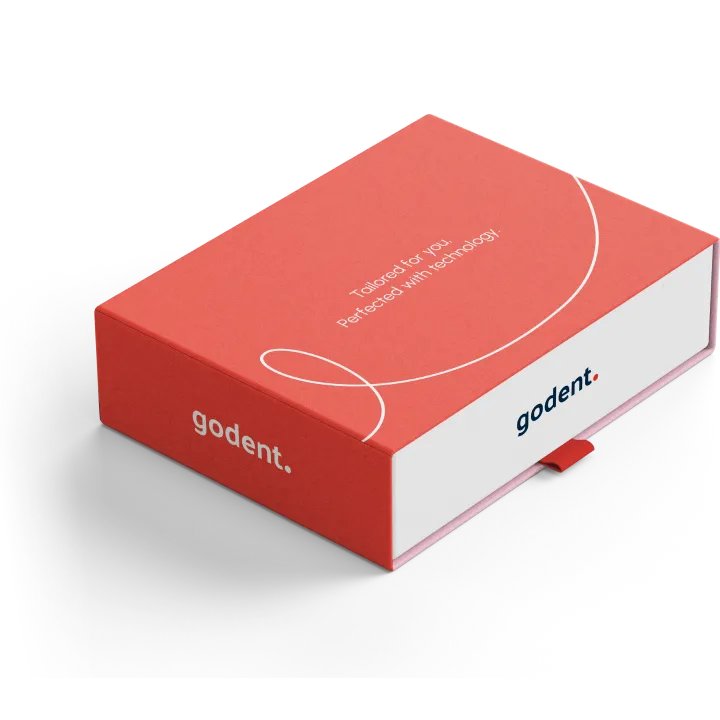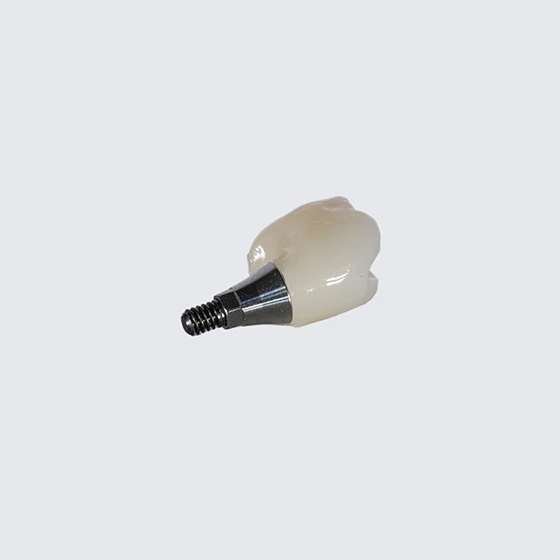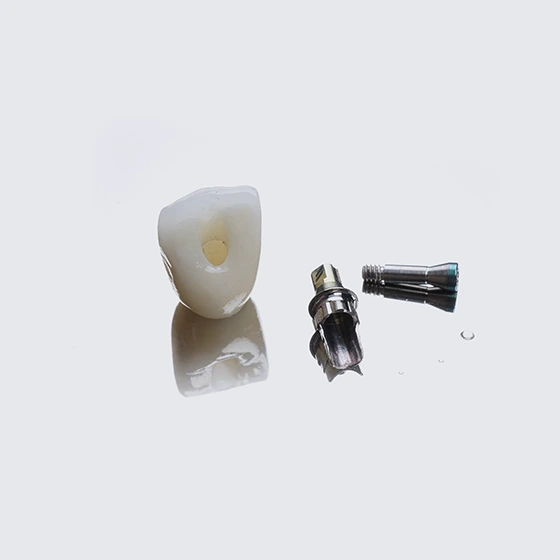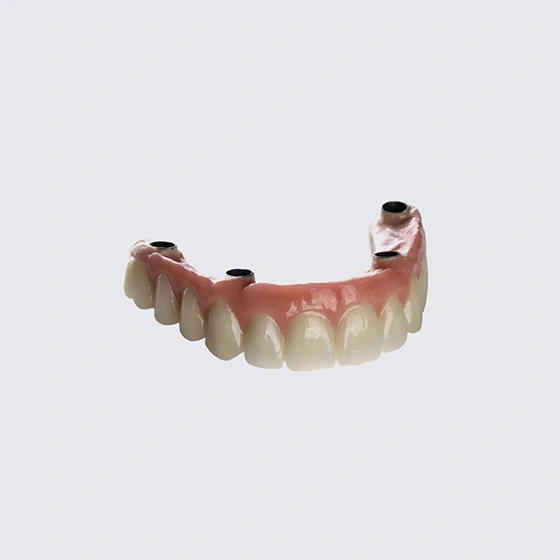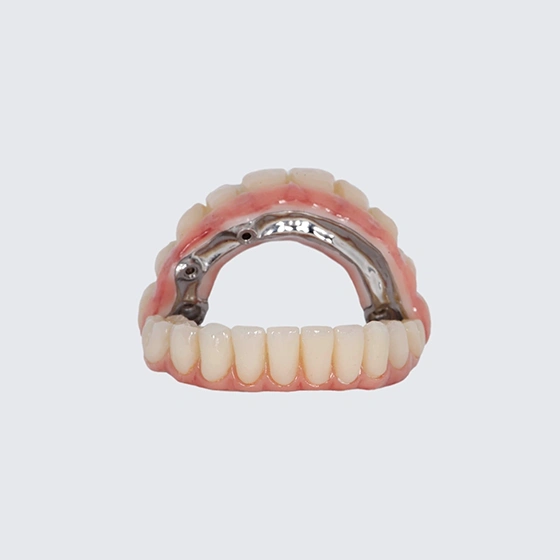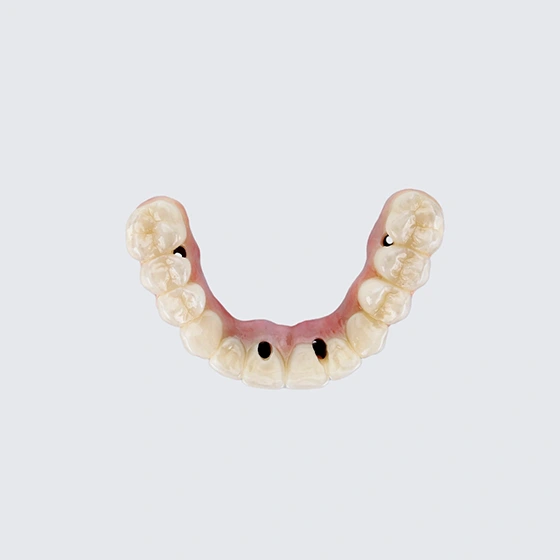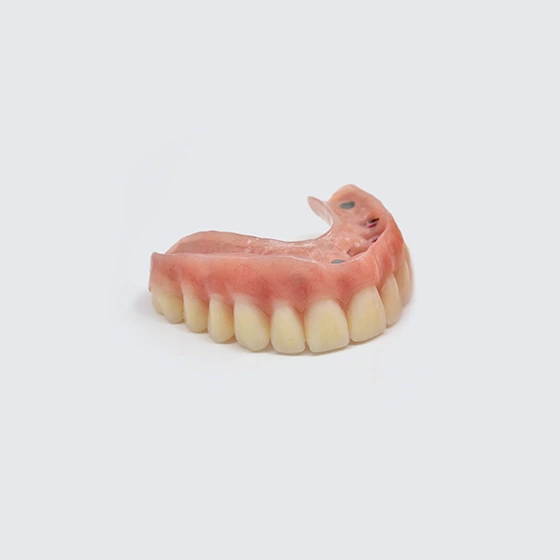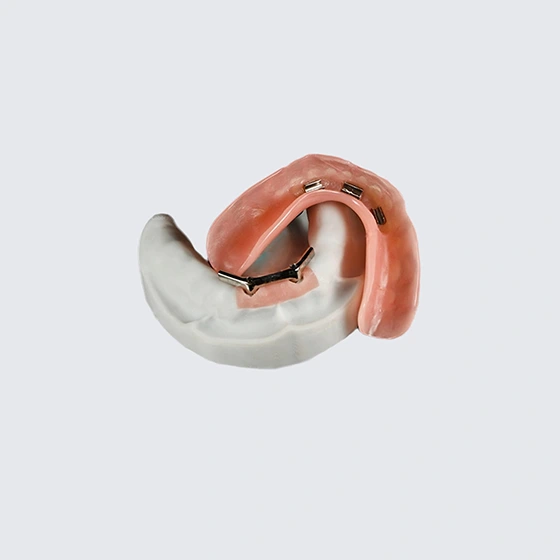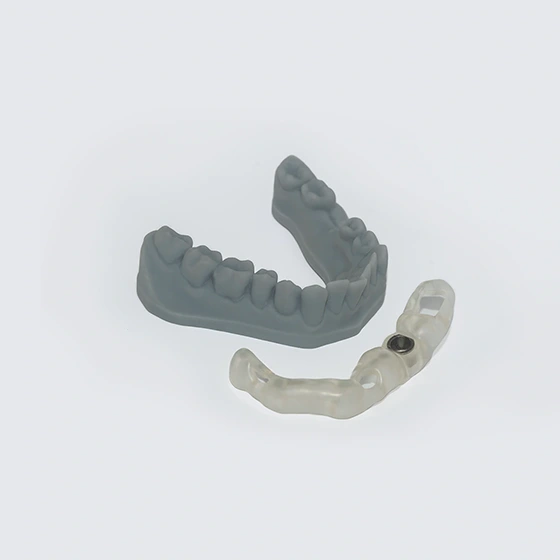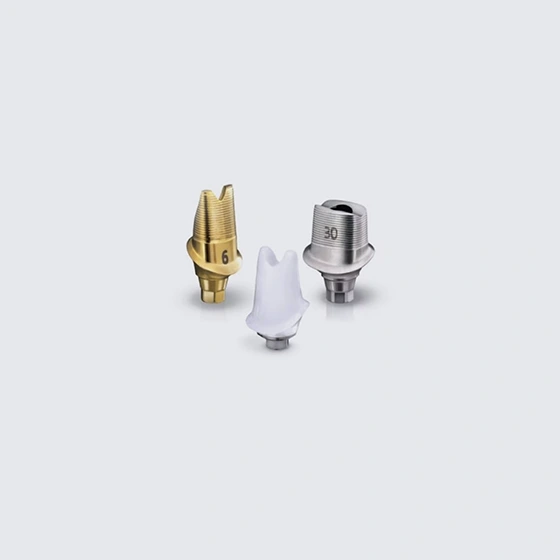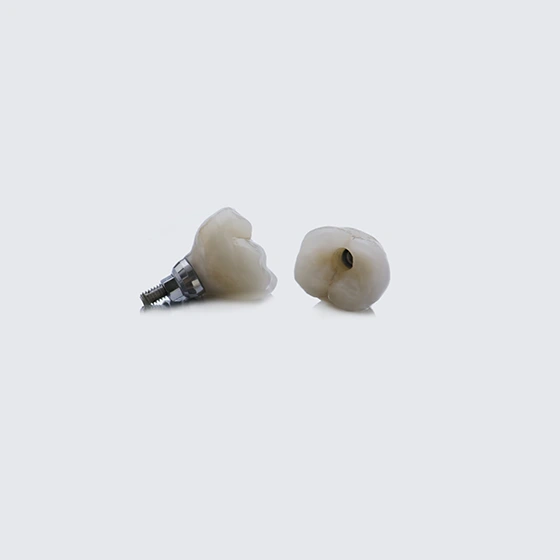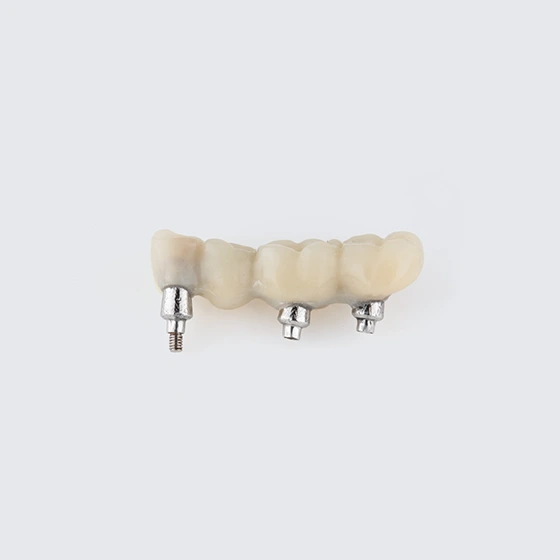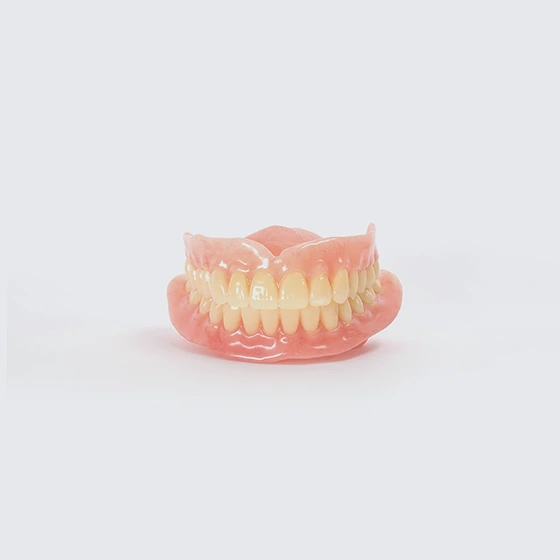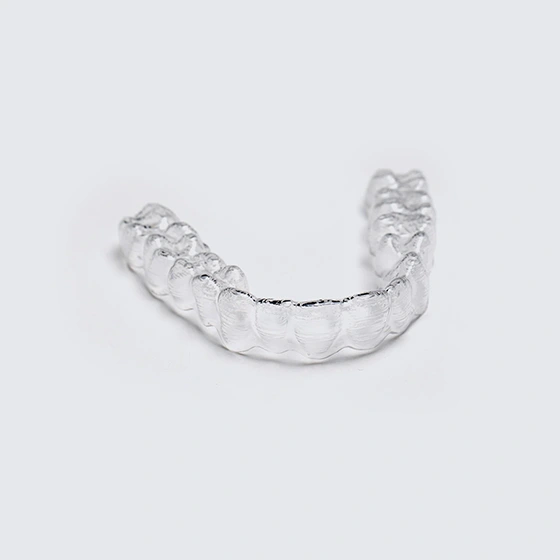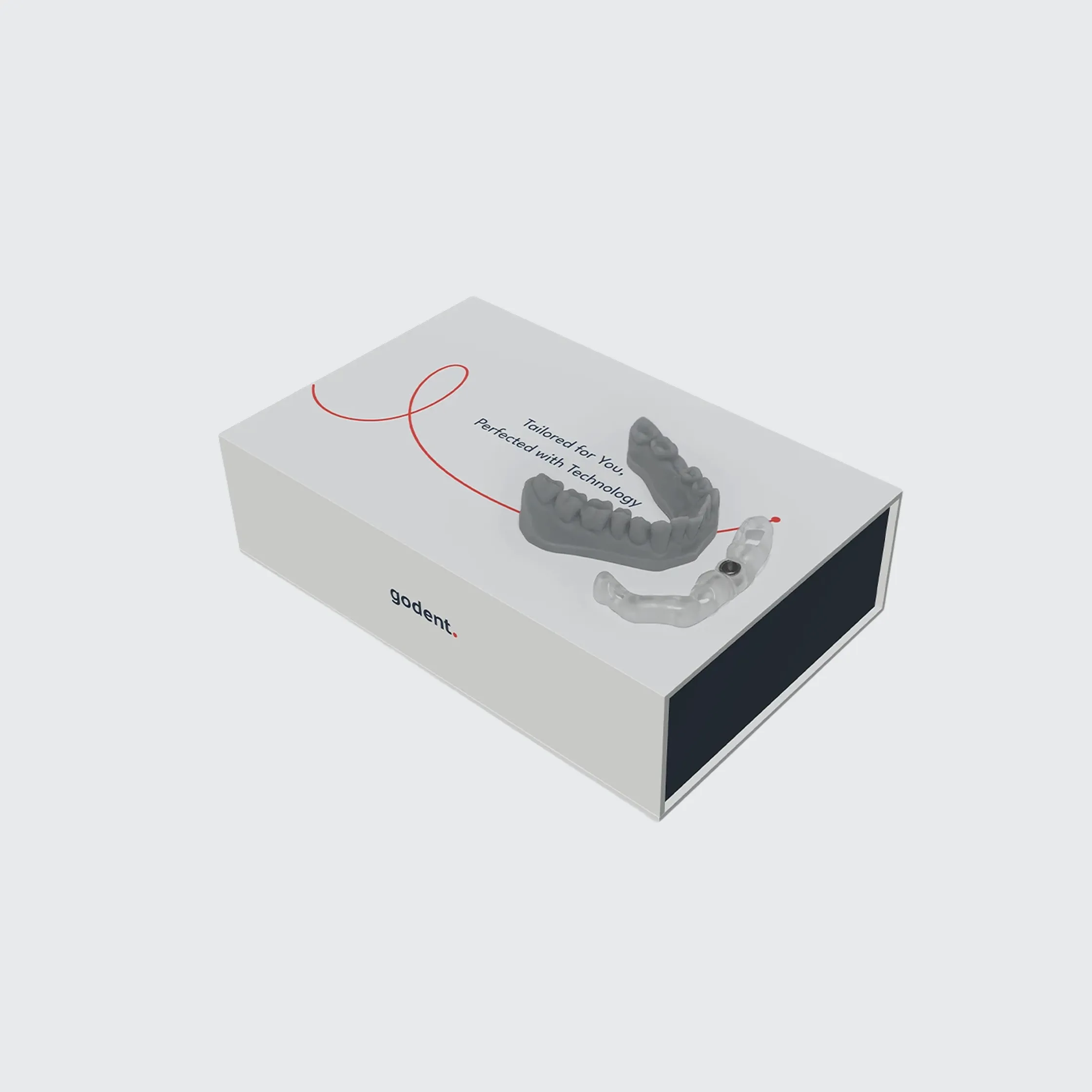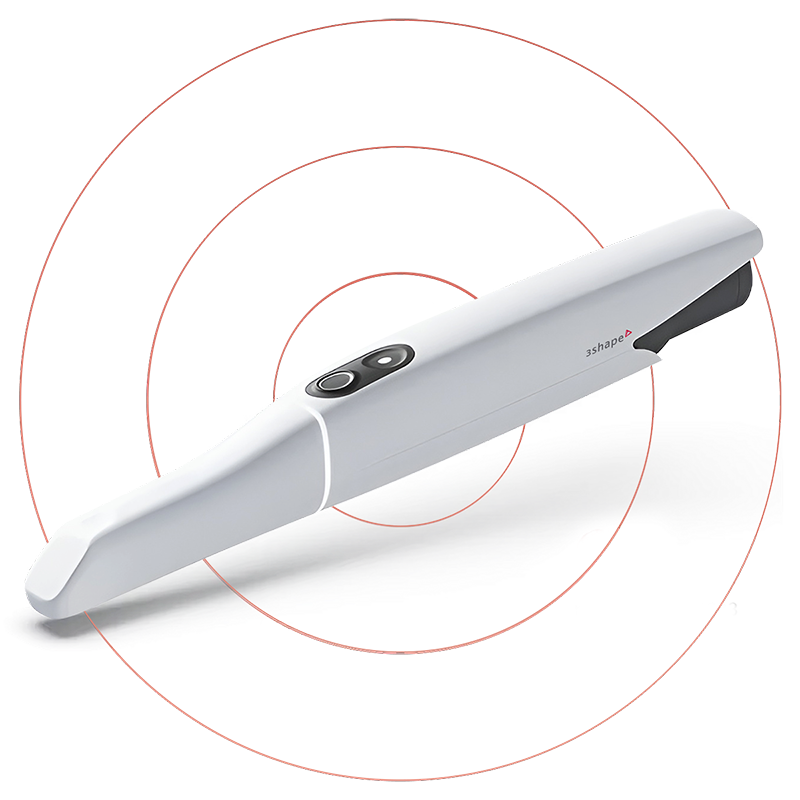.webp)
Dental Implant Lab
From seamless x-ray uploads and free scan bodies to surgery planning support, we’ve got everything you need to perfect your process.
Start NowImplant solutions
digital workflow
Simplify your implant workflow—from accurate scanning to real-time tracking—with seamless, precise digital tools.
Scan
Submit
Review
Track
End-to-end implant solutions
Explore our full range of high-quality implant parts designed for precision, reliability, and seamless integration into your clinical workflow—ensuring optimal patient outcomes every time.
Dentists love
Godent
Free Consultation
Get free consultation to upgrade your practice with Godent -the only end-to-end digital partner-and improve patient experience, clinical solutions, and business growth.
Get started today by filling out the form.
Godent Implant Lab FAQs
Crown, custom abutment or tibase, final screw (not a replacement), dental model and analog included to ensure doctor has what’s needed for seating.
Screw‑retained, cement‑retained, and screwmentable restorations available. You can choose compatible components and materials for your case.
We offer custom titanium abutments, custom zirconia hybrid abutments, and screw-retained crowns using tibase or custom abutments.
Autoclave is acceptable; clean scan bodies and hardware at 121 °C for 15 minutes or 134 °C for 3 minutes. Never autoclave the original packaging box.
Yes. Encode healing caps act as both scan bodies and healing caps. Please consult our team to confirm correct scanning and case setup.
Yes, mini implant restorations are possible in select cases. Please contact us to assess your specific situation.
We accept and restore nearly all major implant brands. We also assist with scan-body compatibility and offer replacements if needed.
A fully digital workflow, from scan body capture to CAD/CAM design and milling, eliminates model-making errors and often results in more precise restorations compared to conventional impressions.
Yes. You can include both implant and prepped natural tooth in one digital case. Contact our team for integration details
Yes. Live design previews and expert implant planning support are available to ensure proper fit, shade selection, and occlusion.

